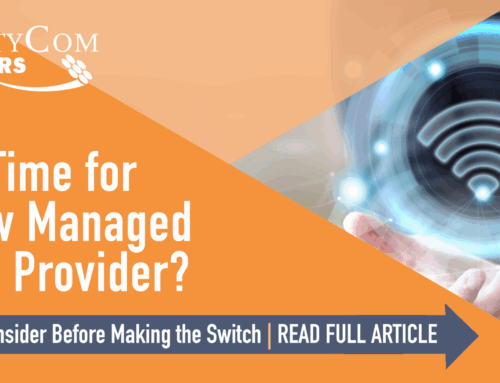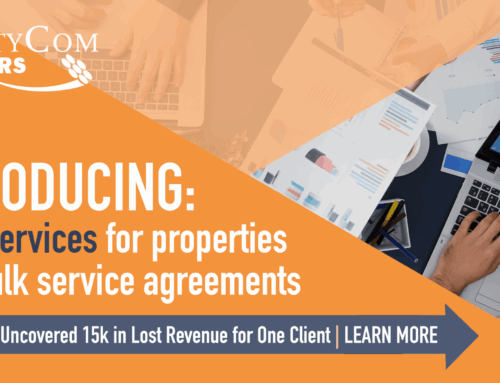The last decade has seen the rise of increasingly smarter versions of the things we use on a daily basis, from phones and watches to TVs, cars, appliances, and more. With a simple tap on our phones or voice command to Alexa, Siri, or Google, we’re able to control and automate things that enhance our convenience and comfort. And once accustomed to the ease and speed of this technology, it’s hard to go back. That’s why it should come as no surprise that today’s multifamily residents expect to have smart home connectivity in their apartments—and many are willing to pay more for it.
For owners and developers who want to offer smart home features in their new construction projects or upgrade their existing properties, here are a few things we’d like to share.
What’s considered a smart home?
Typically, a property owner will want to offer a minimum of (3) devices that are connected to the Internet of Things (IoT) to be considered a “smart home” that justifies higher rent when marketing the community. These devices could be a mix of things like door locks, interior or exterior lighting, thermostats, blinds/shades, smart switches/outlets, or leak detection, just to name a few.
What kind of infrastructure is required to support the IoT in a multifamily development?
The infrastructure itself (conduit, fiber, racks, active equipment, etc.) is similar to what has been used for years. What has changed is the way Internet Service Providers (ISPs) have adopted new technologies to support smart communities.
Some ISPs may have different approaches to their network deployment for smart-home construction that will require added equipment to support the owner’s desired functionality. In addition, telecom room size and environmental requirements change from project to project.
Keeping these challenges in mind, RealtyCom’s New Construction department hosts regular calls with ISPs to stay ahead of these technology updates. This allows us to include these changes in the design phase (whether via peer review scope or included in design delivery scope where RealtyCom is the designer of record), saving both time and resources.
There are several ways that smart home technology can benefit property owners and management teams:
- Centralized dashboard linked to the property management system for convenient administration, credentialing, and reporting
- Automated programming and real-time monitoring that can result in significant utility savings for lighting and climate control in common areas
- Peace of mind and risk mitigation with leak detection, smoke detection, and access controls—particularly for unoccupied units
- Adaptable infrastructure that can accommodate emerging technologies, ensuring that you continue to offer residents the latest lifestyle innovations
What are some trending smart home integrations in multifamily?
RealtyCom explores various smart home functionality with our clients’ development and construction teams during our programming and discovery calls to find a consensus on the appropriate mix of IoT equipment selections.
As our clients continue to assess different smart home features, it’s important to evaluate costs and benefits on an ongoing basis. As with amenity spaces, options would be tested and evaluated for use and appeal to both existing and prospective residents. Installation and maintenance costs would also be calculated.
Overall, smart home technology provides a combination of convenience, security, personalization, and connectivity that can greatly enhance the resident experience. With a team of more than 40 professionals specializing in real estate and telecommunications, RealtyCom Partners can help you learn more about smarter apartments and real revenue.




